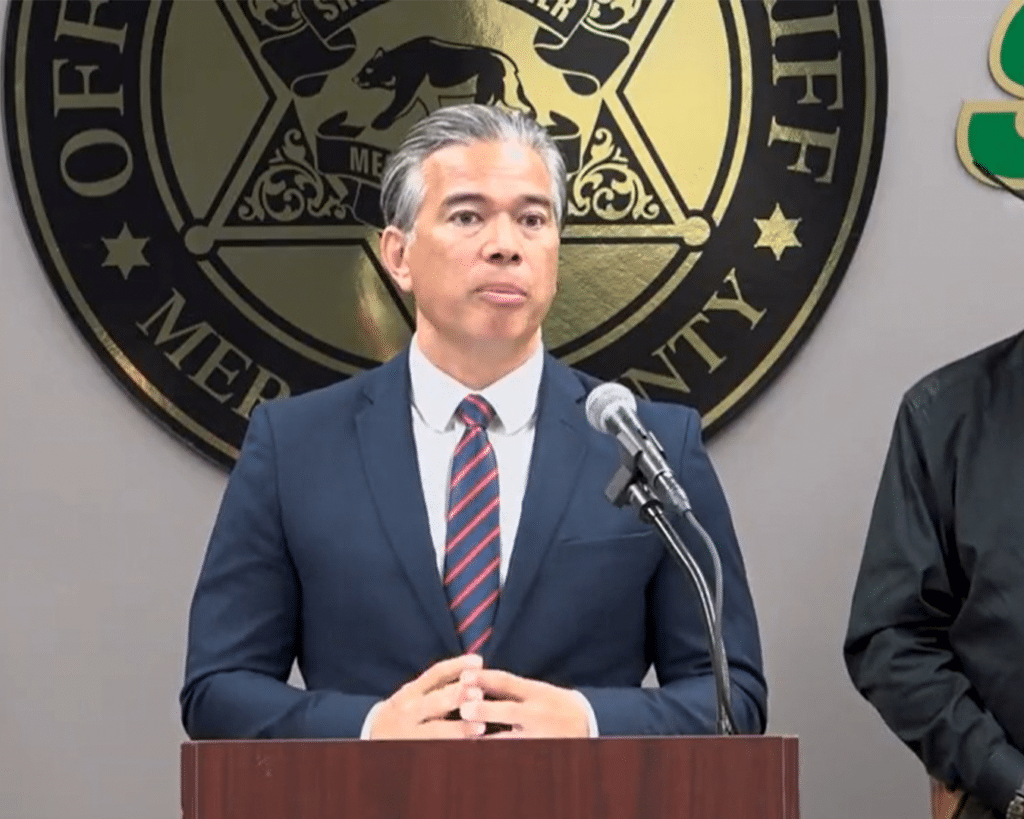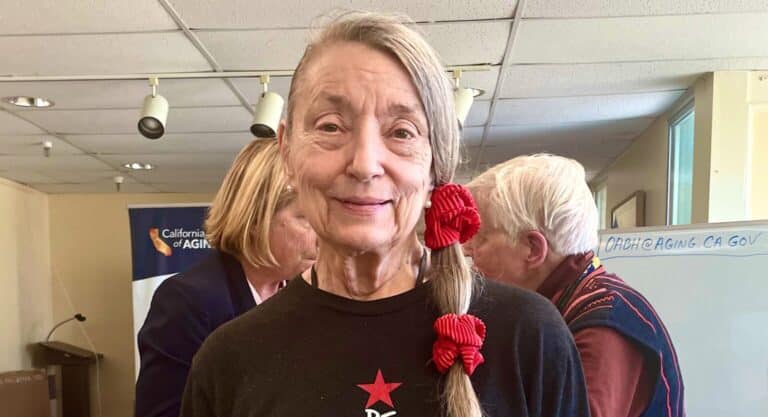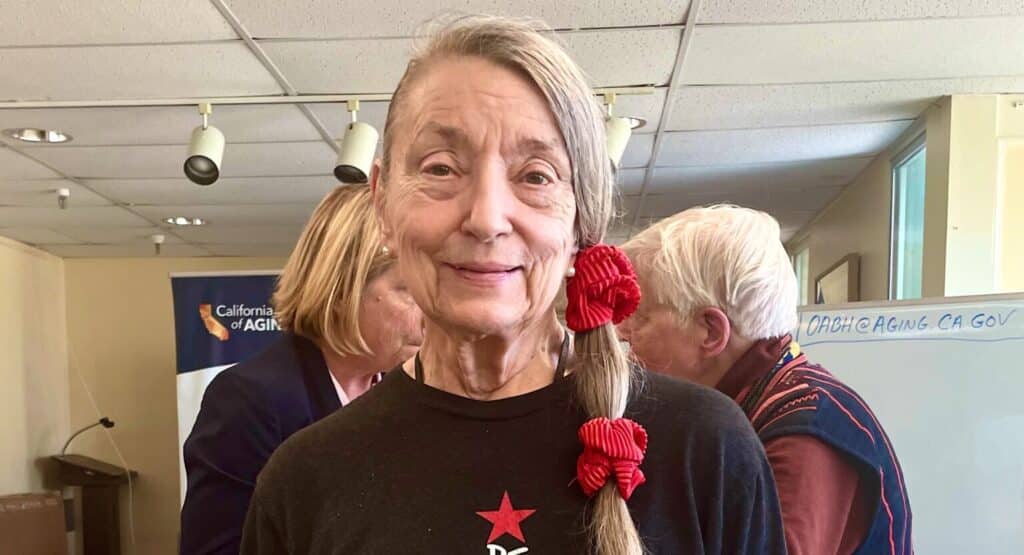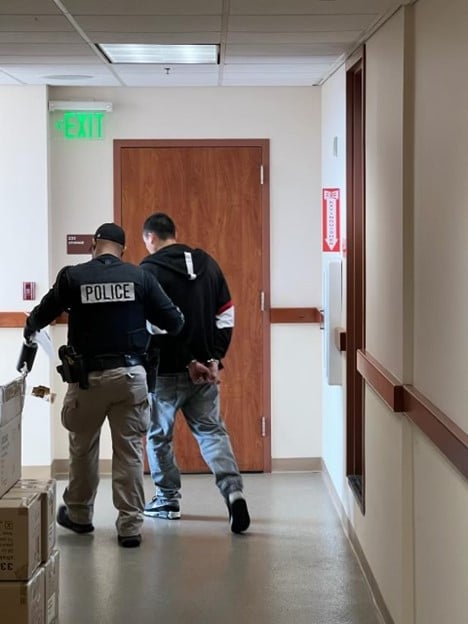
The CEO of the World Health Organization ‒WHO‒, Dr. Tedros Adhanom, announced this Friday, May 5, 2023, the end of the COVID-19 pandemic, after the Emergency Committee met for the fifteenth time on Thursday and recommended declaring the end of the public health emergency of international interest.
“It is therefore with great hope that I declare COVID-19 over as a global health emergency,” Dr Tedros said at a briefing this morning.
However, he clarified that the end of the pandemic does not mean that COVID-19 has ended as a threat to global health.
“Last week, COVID-19 claimed one life every three minutes, and those are just the deaths we know about,” he said. “As we speak, thousands of people around the world are fighting for their lives in intensive care units. And millions more continue to live with the debilitating effects of post-COVID-19 conditions.”
In this regard, Dr. Tedros pointed out that "this virus is here to stay" and continues to kill and mutate, so there is still a risk of new variants emerging that cause new increases in cases and deaths.
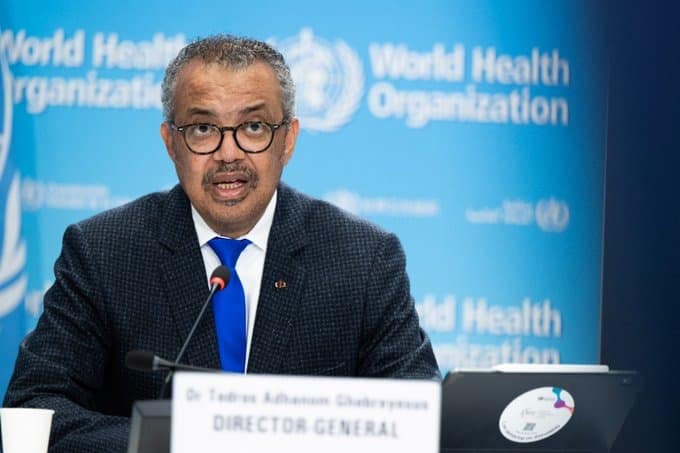
"The worst thing any country could do now is use this news as a reason to let down its guard, dismantle the systems it has built, or send the message to its people that COVID-19 is nothing to worry about," he stressed.
In this regard, he said that what this news means is that from now on countries can make the transition from emergency mode to managing COVID-19 along with other infectious diseases.
"I would like to stress that this is not a sudden decision. It is a decision that has been carefully considered for some time, planned and taken on the basis of careful analysis of the data," he said.
However, he said that, if necessary, he would not hesitate to convene another Emergency Committee if COVID-19 once again endangers the world.
"While this Emergency Committee will now cease its work, it has sent a clear message that countries should not cease theirs."
Dr Tedros explained that following the Committee's advice, he decided to use a provision of the International Health Regulations that has never been used before, to establish a Review Committee to develop long-term, standing recommendations for countries on how to manage COVID-19 on an ongoing basis.
In turn, he said that the WHO published this week the fourth edition of the Global Strategic Plan for Preparedness and Response to COVID-19, which outlines critical actions for countries in five main areas: collaborative surveillance, community protection, safe and scalable care, access to countermeasures, and emergency coordination.
“For more than three years, the Emergency Committee’s experts have dedicated their time, experience and expertise not only to advise me on whether COVID-19 continues to represent a global health emergency, but also to advise on recommendations for countries,” she said. “In countries around the world, WHO has worked closely with governments to translate that guidance into policies and actions to save lives.”
“On one level, this is a moment of celebration,” Tedros said, noting that this moment has been reached thanks to the incredible skill and selfless dedication of health and care workers; the innovation of vaccine researchers and developers; the difficult decisions governments have had to make in the face of changing evidence; and the sacrifices we have all made as individuals, families and communities to keep ourselves and each other safe.
However, he said, “on another level, this is a moment of reflection,” as COVID-19 has left, and continues to leave, deep scars on the world. “Those scars should serve as a permanent reminder of the potential for new viruses to emerge, with devastating consequences.”
"As a global community, the suffering we have endured, the painful lessons we have learned, the investments we have made and the capabilities we have developed must not be wasted," he stressed.
Tedros Adhanom said that “one of the greatest tragedies of COVID-19 is that it didn’t have to be this way,” but we now have the tools and technologies to better prepare for pandemics, to detect them earlier, to respond to them faster and to mitigate their impact.
“But globally, lack of coordination, lack of equity and lack of solidarity meant that those tools were not used as effectively as they could have been. Lives were lost that should not have been. We must promise ourselves and our children and grandchildren that we will never make those mistakes again,” he stressed.
In his account, Tedros recalled that 1,221 days ago today, WHO learned of a cluster of cases of pneumonia of unknown cause in Wuhan, China, and on 30 January 2020, following the advice of an Emergency Committee convened under the International Health Regulations, declared a public health emergency of international concern due to the global outbreak of COVID-19, the highest level of alarm under international law.
At the time, outside of China there were fewer than 100 reported cases and no reported deaths. “In the 3 years since then, COVID-19 has turned our world upside down.”
Nearly 7 million deaths have been reported to the WHO, “but we know the death toll is several times higher – at least 20 million.”
She stressed that during the pandemic, health systems have been severely affected, and millions of people have been left without essential health services, including life-saving childhood vaccines.
“But COVID-19 has been much more than a health crisis. It has caused severe economic upheaval, wiping trillions off GDP, disrupting travel and trade, closing businesses and plunging millions into poverty,” he said. “It has caused massive social upheaval, with borders closed, movement restricted, schools shut and millions of people experiencing loneliness, isolation, anxiety and depression.”
In this regard, he added that COVID-19 has exposed and exacerbated political fault lines, within and between nations. It has eroded trust between people, governments and institutions, fueled by a torrent of misinformation and disinformation, as well as laying bare the world's searing inequalities, with the poorest and most vulnerable communities being the hardest hit and the last to receive access to vaccines and other tools.
Finally, for more than a year, the pandemic has been on a downward trend, with population immunity increasing from vaccination and infection, mortality declining and pressure on health systems easing. This trend has allowed most countries to return to life as we knew it before, he noted.
You may be interested in: Myths about COVID-19 that persist among Bay Area youth








